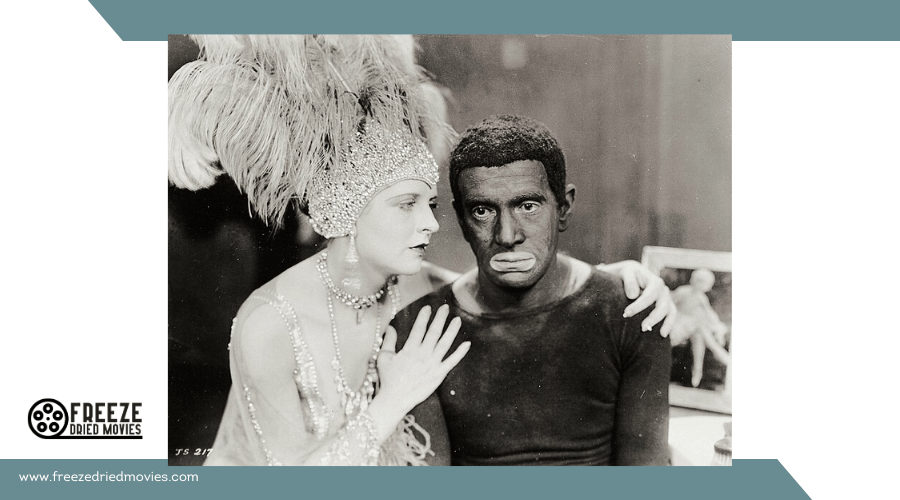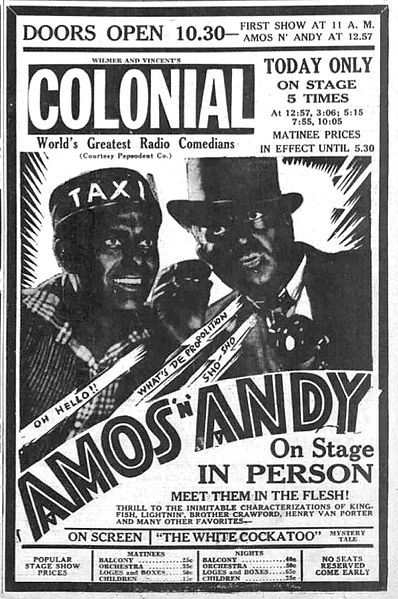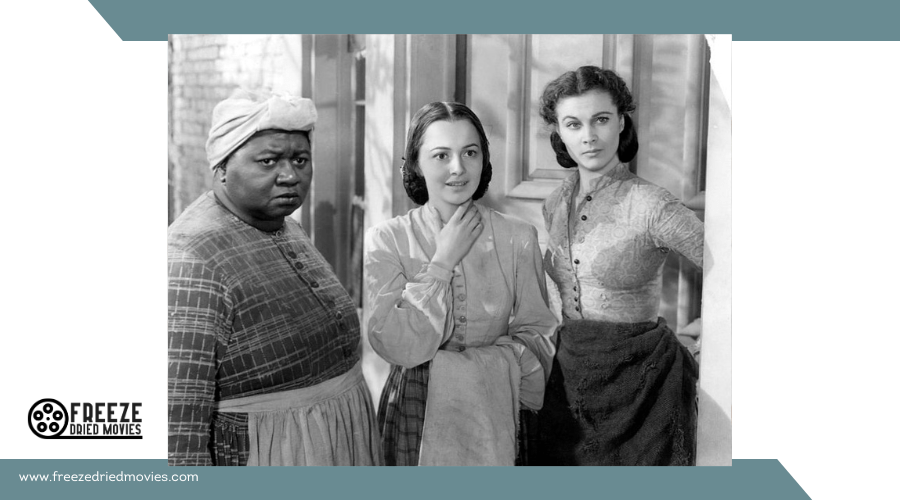The Role of 1930s Cinema in Shaping American Identity

The 1930s marked a significant era in American cinema, profoundly shaping national identity. Amid the Great Depression, movies transcended mere entertainment, reflecting society's struggles and aspirations. Films conveyed narratives of hope, resilience, and unity, resonating deeply with audiences facing economic hardships. Technological advancements like sound and color enhanced the cinematic experience, solidifying Hollywood's role as a cultural cornerstone. These cinematic stories and innovations intertwined, influencing the nation's psyche and shaping American identity.
Economic Impact of the Great Depression
The Great Depression significantly altered movie-going habits, as economic hardship forced audiences to prioritize affordability. Instead of frequenting lavish movie palaces, you would have likely opted for more modest neighborhood theaters. With ticket prices ranging from 10 cents for matinees to 25 cents for evening shows, Hollywood films remained a rare luxury within reach. Some theaters even accepted trade-ins like glass milk bottles, making cinema accessible to people of all financial backgrounds.
The economic strain led to a more diverse audience composition. Many working-class patrons, including yourself, sought affordable entertainment to escape daily struggles. Hollywood's vertical integration was crucial during this period; by reducing production costs, studios could lower ticket prices, making films accessible to a broader audience, including those with limited literacy.
Despite the hardships of the Great Depression, the film industry thrived, marking Hollywood's Golden Age from the late 1920s to the 1940s. The reduced ticket prices didn't just provide entertainment; they offered a brief respite from the era's difficulties, embedding cinema deeply into American life.
Escapism and Entertainment
Cinema in the 1930s provided a refuge during the Great Depression. With affordable tickets and uplifting themes, films offered a much-needed escape from economic hardships. Hollywood's narratives of hope and opportunity resonated deeply, turning the silver screen into a beacon of light in dark times.
Depression Era Film Themes
During the Great Depression, films provided a crucial escape for audiences struggling with economic hardships, offering affordable entertainment with ticket prices ranging from 10 to 25 cents. Depression-era film narratives significantly influenced American society by presenting stories filled with hope, perseverance, and optimism.
Key themes included:
- Perseverance and Bravery: Characters often faced adversity head-on, reflecting the resilience required during the Great Depression.
- Hope and Optimism: Many stories concluded on a positive note, delivering a sense of hope amidst widespread despair.
- Escapist Fantasy: Hollywood depicted California as a promised land, allowing audiences to dream of better opportunities.
- Social Issues: Films like *Amos & Andy* sparked debates over cultural representation and racial stereotypes, highlighting the complex interplay between entertainment and societal dynamics.
The introduction of sound films in 1927, starting with *The Jazz Singer*, transformed the movie-going experience, making it more engaging. This era of cinema not only entertained but also influenced public sentiment, reinforcing the values and aspirations of American society during difficult economic times.

Affordable Entertainment Options
During the Great Depression, films offered themes of resilience and hope, serving as an affordable form of entertainment. Movie admission prices were accessible, ranging from 10 cents for matinees to 25 cents for evening shows, making cinema a viable escape for financially struggling audiences. Neighborhood theaters, more accessible than lavish movie palaces, experienced a surge in attendance as people sought out these cost-effective entertainment options.
Film production in the 1930s adapted to the economic reality, with studios promoting neighborhood theaters to guarantee a wider reach. The rise of sound films in the late 1920s shifted audience dynamics, emphasizing the film experience over social interaction, aligning perfectly with the public's growing desire for escapism during tough times.
The variety of movie audiences expanded during this period, as films began catering to different social classes. This broader appeal allowed people from diverse backgrounds to find comfort and hope in the stories on screen. Consequently, the film industry thrived and played a crucial role in providing affordable entertainment, helping to shape American identity during one of the country's most challenging periods.
Escapist Hollywood Narratives
During the Great Depression, moviegoers sought refuge in Hollywood films, which offered a respite from their daily struggles. These escapist narratives provided essential comfort, with matinee tickets priced as low as 10 cents and some theaters even accepting trade-ins for admission. Hollywood's vibrant musicals and comedies became synonymous with entertainment, allowing audiences to immerse themselves in uplifting stories.
The transition to sound films in the late 1920s enhanced the cinematic experience, creating a more engaging and immersive environment. This focus on narrative diminished social interactions during screenings, making the stories even more compelling and easier to get lost in, thereby helping audiences forget their daily hardships.
Key elements of 1930s Hollywood escapism included:
- Perseverance and Courage: Films frequently depicted characters overcoming adversity, resonating with viewers' own challenges.
- Accessible Neighborhood Theaters: Strategic marketing ensured that diverse social classes could enjoy films, democratizing entertainment.
- Uplifting Content: Major productions prioritized feel-good themes, aiding audiences in escaping their grim realities.
- Economic Adaptations: Affordable ticket prices and trade-in options made movies accessible, even during tough economic times.
Through these escapist narratives, Hollywood significantly shaped American identity and provided a coping mechanism during one of the nation's most challenging periods.
Social and Political Themes
In exploring the social and political themes of 1930s cinema, films began addressing poverty, labor rights, and the struggles of the working class. Movies from this era often reflected the New Deal's ethos, weaving narratives of hope and resilience. *The Grapes of Wrath*, for example, depicted the harsh realities of the Great Depression, highlighting economic hardship's impact on American identity and family values.

Escapism Amid Economic Hardship
During the Great Depression, cinema provided a crucial refuge for Americans facing economic hardship. Films offered a form of escapism, allowing people to momentarily forget the relentless struggles of unemployment and hunger. Though silent films were waning in popularity by the 1930s, they had set the stage for the rise of "talkies," which captivated audiences with sound and spectacle.
Movies were incredibly affordable, with ticket prices ranging from just 10 to 25 cents, making cinema accessible to almost everyone, regardless of their financial situation. Hollywood took advantage of this by producing narratives filled with hope, perseverance, and courage—themes that resonated deeply and reminded audiences that dreams could still be attainable.
- Popular musical numbers lifted spirits and provided a temporary escape from harsh realities.
- Uplifting storylines became fundamental to the American cultural identity.
- Films often mirrored contemporary struggles, offering a sense of solidarity.
- Cinematic experiences fostered communal bonding, essential for maintaining social cohesion during tough times.
Political Narratives in Film
During the Great Depression, cinema served as a crucial source of escapism and began to reflect and critique contemporary social and political issues. Films increasingly explored political themes, highlighting economic hardships and societal challenges. Hollywood became a platform not just for fantasy but also for impactful social commentary. For instance, *The Grapes of Wrath* (1940) vividly portrayed the struggles of displaced families, resonating with audiences who saw their own difficulties mirrored on screen.
As Hollywood aligned with the Popular Front movement, which advocated for civil rights and labor reforms, political themes became more prominent. This alignment influenced public consciousness, encouraging viewers to critically engage with the world around them. Narratives of perseverance and courage often subtly supported Franklin D. Roosevelt's New Deal policies, promoting hope and resilience.
However, films like *Amos 'n' Andy* also brought controversies to the forefront, exposing racial stereotypes and societal tensions. These depictions demonstrated how cinema could both reflect and shape public perceptions of race and identity. Through this dual role, Hollywood became a powerful tool for reflection and activism during the 1930s.
Depictions of Social Struggles
Films of the 1930s did more than entertain; they mirrored the stark realities of social struggles, reflecting the hardships faced by many during the Great Depression. American cinema began to explore social and political themes, depicting the economic challenges of the time. Characters often grappled with unemployment, poverty, and moral dilemmas, resonating deeply with audiences experiencing similar trials.
Notable films like *The Grapes of Wrath* and *The Wizard of Oz* tackled these themes head-on, showcasing:
- Economic hardship: Illustrating the severe financial strain on families.
- Labor movements: Highlighting the rise of unionization and political activism.
- Moral dilemmas: Characters facing difficult choices that mirrored real-life struggles.
- Hope and resilience: Narratives that offered a glimmer of optimism amidst despair.
These depictions of social struggles in American film significantly shaped public discourse on contemporary issues. Hollywood's shift in storytelling during this period contributed to a broader understanding of American identity, emphasizing resilience and collective spirit in the face of adversity. By addressing these social struggles, 1930s cinema played a crucial role in both reflecting and shaping the American experience.
Cultural Representation in Films
How did 1930s Hollywood films shape American cultural identity? Through cultural representation, 1930s cinema vividly depicted the American experience. Films often showcased California as a promised land, attracting displaced individuals and aspiring artists. This depiction wasn't merely a backdrop; it became a symbol of hope and new beginnings for many during the Great Depression.
Themes of perseverance and courage were central, mirroring the real-life struggles of the audience. By showcasing characters overcoming adversity, these films promoted a sense of resilience and optimism. Songs from popular films, like those from the Gold Digger series, enhanced this escapism, offering a temporary reprieve from daily hardships.
However, not all representations were positive. Controversial portrayals, such as those in *Amos 'n' Andy*, reflected racial stereotypes and societal tensions, revealing the era's complex cultural landscape. Despite these issues, the diverse narratives helped shape public consciousness and cultural values, influencing how Americans perceived their identity. The 1930s cinema played an essential role in reflecting and molding the American spirit, leaving a lasting impact on the nation's cultural identity.
Technological Advancements in Cinema
The 1930s were a transformative decade for cinema, driven by groundbreaking technological advancements that redefined the movie-going experience and reshaped Hollywood's landscape.
The introduction of sound in films was one of the most crucial advancements. The release of *The Jazz Singer* in 1927 marked the beginning of "talkies," which significantly reduced the need for live audience interaction during screenings. This shift transformed the theater dynamic and enriched storytelling through dialogue and sound effects.
Technicolor technology also left a significant mark. Films like *God's Country and the Woman* (1937) showcased vibrant, full-color visuals that captivated audiences and enhanced the aesthetic appeal of movies. This innovation allowed filmmakers to explore new creative possibilities in visual storytelling.
The consolidation of major studios, including Fox, MGM, Paramount, RKO, and Warner Bros., in the late 1920s, was another significant development. This led to:
- Greater control over production and distribution
- A more standardized cinematic experience
- The proliferation of accessible neighborhood theaters over opulent movie palaces
- Improved marketing strategies targeting a broader audience during the Great Depression
These technological advancements not only enhanced film quality but also played a crucial role in shaping American identity through cinema.
Influence of Radio Programming
In the 1930s, radio programming became a cornerstone of American entertainment and information. Popular shows like *Little Orphan Annie*, *Flash Gordon*, and *The Lone Ranger* not only entertained but also promoted values such as empathy, courage, and perseverance. These programs became an integral part of daily life, especially during the Great Depression, offering a sense of normalcy and comfort.

Franklin D. Roosevelt's Fireside Chats were particularly powerful. These broadcasts created a personal connection with the President, who used them to reassure and guide the nation. This had a profound psychological impact, reinforcing his public image and providing hope.
Live performances and comedy shows on the radio provided uplifting moments that helped people cope with economic hardships. Radio's accessibility meant it reached a diverse audience, creating shared experiences that shaped the cultural landscape. It was a medium that, much like film, connected people across the nation.
Programming often addressed contemporary societal challenges, resonating with listeners' struggles and fostering a collective sense of perseverance and resilience. Through these shared narratives, radio helped shape American identity, enabling people to face adversity together.
Hollywood's Role in American Identity
During the economic turmoil of the 1930s, Hollywood emerged as a powerful cultural force, significantly shaping American identity through its films. By 1929, major studios produced over 90% of U.S. fiction titles, controlling the narratives that reached the public. With matinee ticket prices as low as 10 cents, the silver screen became an accessible escape for many grappling with the Great Depression's harsh realities.
Hollywood's influence extended beyond entertainment. The 1932 election of Franklin D. Roosevelt politicized the industry, prompting filmmakers to address contemporary social issues and reflect the struggles of everyday Americans. During this time, Hollywood often portrayed California as a promised land, offering hope and inspiration to a nation in distress.
Consider Hollywood's impact through the following:
- Escapism: Films provided a distraction from economic hardships.
- Political Discourse: Hollywood's works mirrored and influenced political conversations, especially around labor rights.
- Cultural Aspirations: The portrayal of California shaped dreams of opportunity and success.
- Accessibility: Affordable ticket prices made cinema a communal experience for all socioeconomic classes.
Through these avenues, Hollywood didn't just entertain; it actively molded the collective American identity during one of the nation's most challenging periods.




